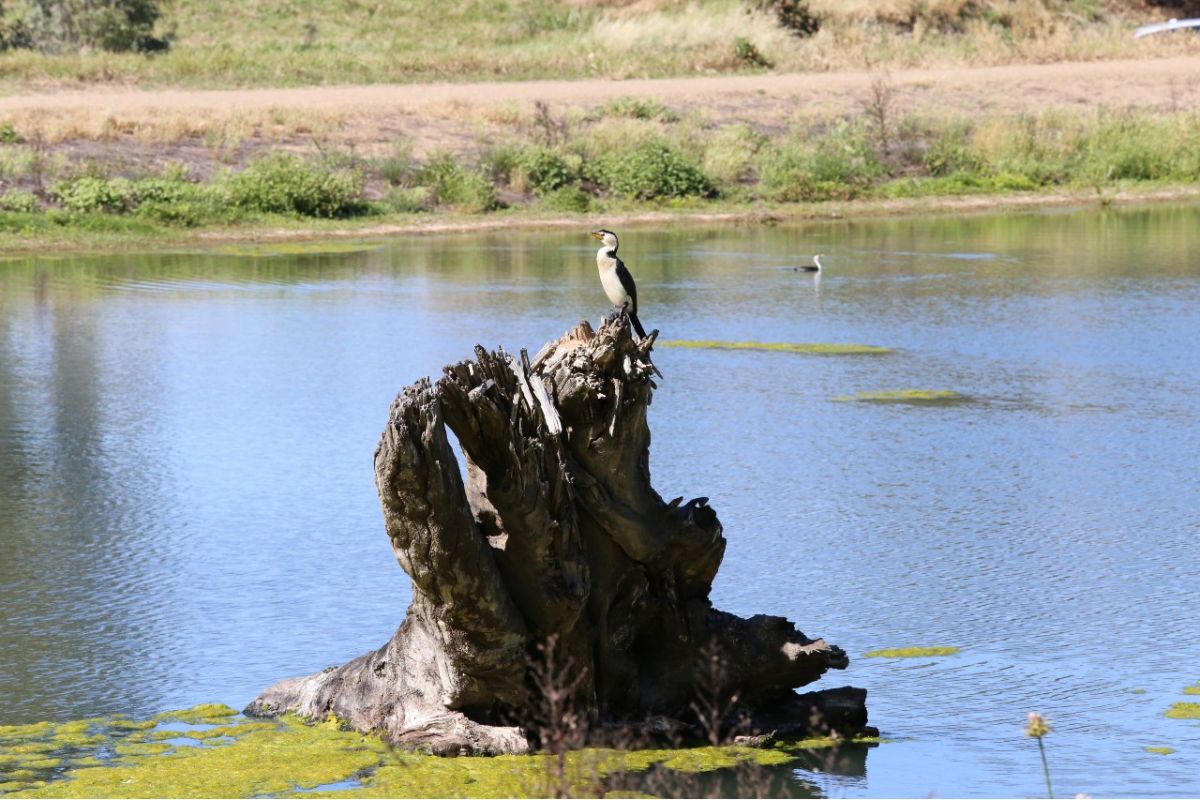
Carp control at lagoon and wetlands
Published: 17 Jun 2021 10:42am
Monitoring of native fish populations and improving their habitat in Wollundry Lagoon and Marrambidya Wetlands will be undertaken by Wagga Wagga City Council for two days next week.
A Council contractor will conduct electrofishing at both venues to reduce invasive European carp populations and to gather indicative data of native fish populations.
European carp are a large introduced freshwater fish which are common throughout most of NSW.
They are well known as a pest species because of their destructive bottom-feeding habits, which stir up sediments, reduce water quality and damage habitat for native fish existing in the same eco-system.
Council’s Manager Environment and Regulatory Services Mark Gardiner said the electrofishing activity is a routine control practice, that is commonly used by State and territory agencies and commercial fisheries.
“The natural habitat and native fish are suffering because of the presence of carp in those two water systems,” Mr Gardiner said.
“It is well known that carp are a pest species and are quite destructive.
“Council used this same procedure eight years ago and it is endorsed as the safest and most humane procedure to manage carp without damaging existing infrastructure and habitat.
“The other advantage is that it gives us a chance to gather indicative data of native fish populations.”
Mr Gardiner said Wollundry Lagoon is a designated Aboriginal Place and Council has consulted with the Wiradjuri community at a recent Mawang Gaway meeting.
“Feedback was supportive of this activity,” Mr Gardiner said.
“We explained the process and detailed NSW Department of Primary Industry (DPI) fresh water fish research and studies.”
Fish are temporarily immobilised and float to the surface. All carp are then captured with dip nets, humanely placed into an icy slush and then taken to fertiliser manufacturer Charlie Carp.
All other non-targeted fauna will be left in the water and monitored until species swim away.
Council staff will be located on the bank to ensure community safety and to answer any questions.
Council last utilised this activity for carp control in 2012.
